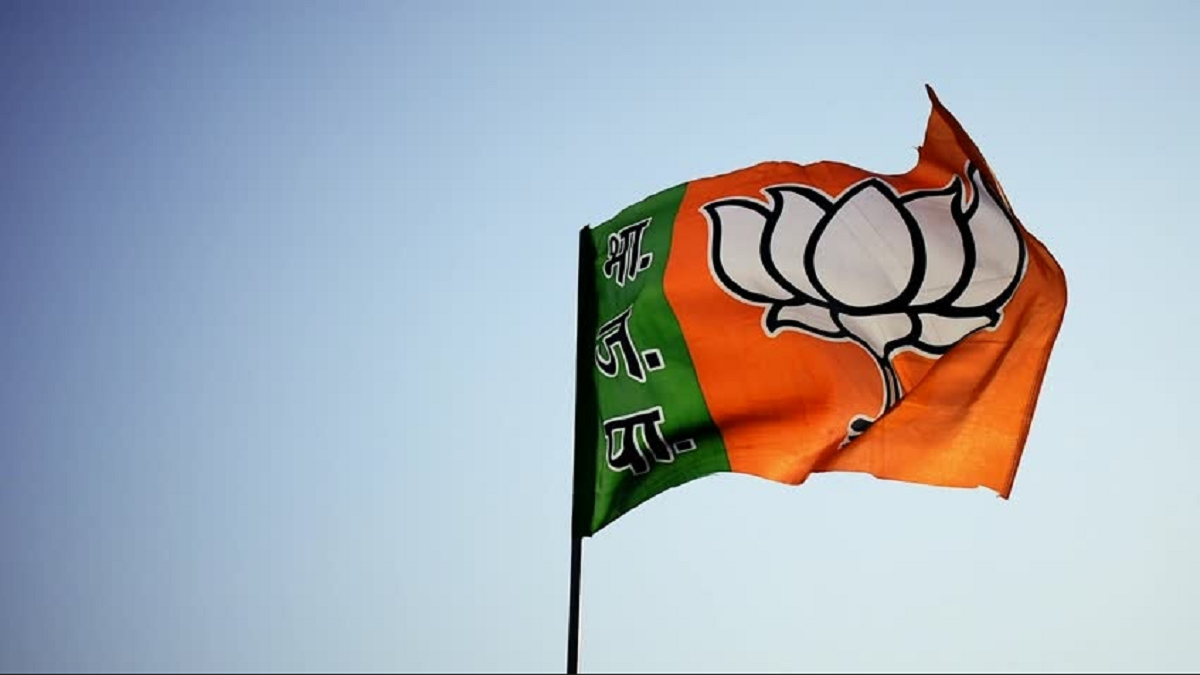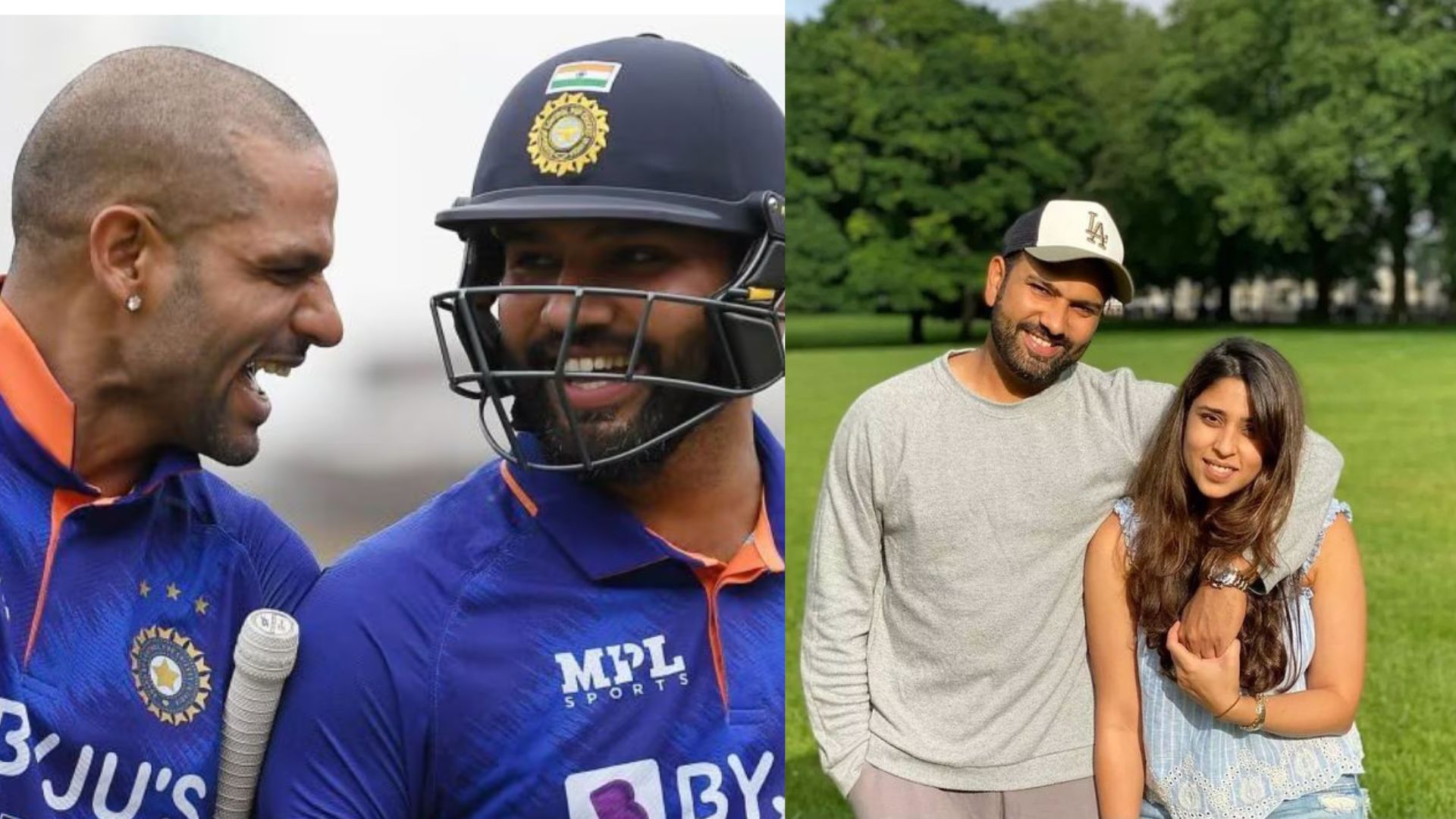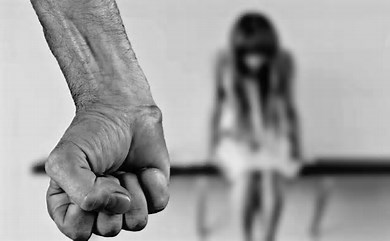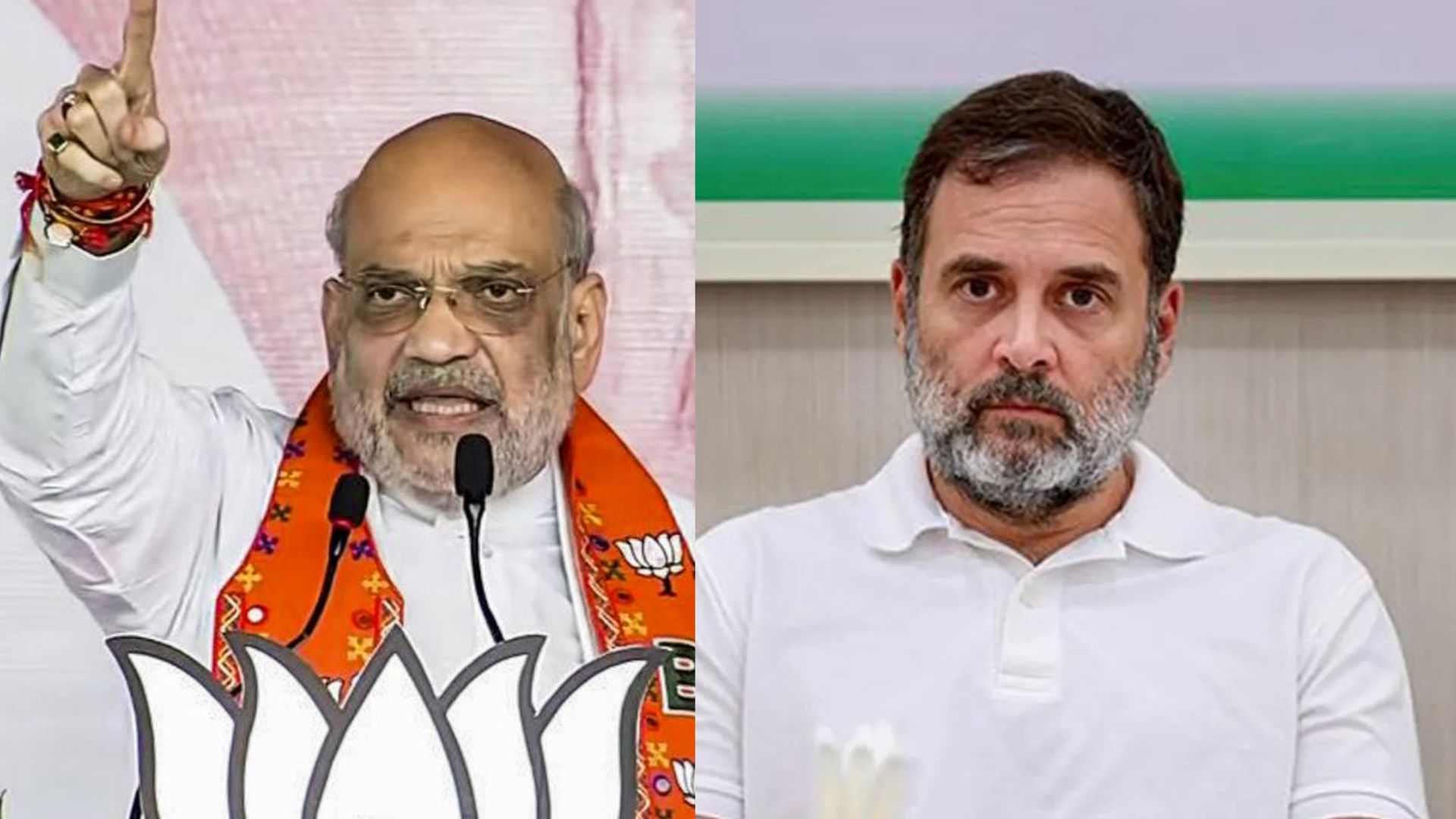
The BJP reached a historic feat in the recent round of Rajya Sabha elections on 31 March. Its tally in Rajya Sabha crossed the 100 mark, something which no party has managed to get since 1988 and the second national party after the Congress to achieve this.
And this is no mean an achievement that the magical figure has come due to victory on four Rajya Sabha seats from the North East: two from Assam and one each from Tripura and Nagaland. The party created another history by sending Ms S Phangnon Konyak as the first woman from the state ever to enter Parliament’s Upper House. Contrary to this, the Congress does not have a single Rajya Sabha member from the North East.
While crossing the 100-mark may change after the biennial elections to the Rajya Sabha, the feat is significant from the point of view of the party’s political journey. A party that had won only two seats in the Lok Sabha in 1984, has now got a substantial presence in both Houses of Parliament and many State legislatures. This should shore up the confidence to take more decisive steps to shape the country’s destiny.
A party that was once attacked by the Left echo system as communal and backward-looking has come to acquire the Centre Stage of the country’s political life. It is questioning the past held beliefs that showed India in poor light and glorified only certain parts of history such as the Mughals and the British. The issues raised are finding traction.
The progressive nature of the party and its ability to adapt to change and modernity has made it a dream party of the middle class. The way the party has understood the pangs of the hungry and the poor and the way it has been trying to empower them through various government schemes, it has become a party of the poor and the downtrodden. The way the party has been trying to deliver justice to all sections of society by giving them political empowerment has become more inclusive and representative of all sections of the society.
It is but natural the party has got its due place in the Rajya Sabha as well. Not that a reduced figure would in any way affect its abilities to pass any legislation. The BJP-led National Democratic Alliance (NDA) has done well to get important legislations passed even without the requisite numbers due to better floor management. The landmark of 100 shows the struggle the party has gone through to acquire footprints all across the country.
The configuration of the Rajya Sabha is such that even if a party dominates the Lok Sabha decisively, it would not get automatic majority in the Rajya Sabha. Since it is representative of the States and the Constitution’s federal structure, the party aspiring to have the majority in Rajya Sabha will have to win assembly elections decisively in many States to get adequate representation in Rajya Sabha from those States.
The rise of regional aspirations and breakdown of hegemony of national parties have ensured that getting a figure of 100 mark in Rajya Sabha or acquiring a simple majority in the House of 245 remains elusive. The Rajya Sabha has 233 members elected by the States and 12 members nominated by the President of India. For a Constitutional amendment, any legislation needs a two-thirds majority which is huge and difficult to get.
For getting a simple majority on its own, the BJP has to continue winning states with huge margins. And going by various calculations, the party will certainly have its own majority when Prime Minister Narendra Modi would take oath as the Prime Minister of India for a third consecutive term in 2024. And with the support of the NDA, it would certainly have a two-thirds majority to pass any constitutional amendment to implement its agenda of making the country strong.
Major reforms such as police reforms, reforms in bureaucracy, politics and other institutions of governance would be possible then. Vested interests have hijacked the system. Remember the powerful dialogue from the movie The Kashmiri Files where the ideologue of the Left echo system says, “They (meaning the saffron party) may have formed the government but the system continues to be ours (of those opposed to the new Government)”. Although said in the context of Kashmir, this is true in all spheres.
You can make a law but its effective implementation depends on the mammoth bureaucracy. The Prime Minister has been able to make a system through which benefits of the various Government schemes directly reach beneficiaries without paying any commission anywhere. Late Prime Minister Rajiv Gandhi had said that only 15 paisa of the 100 sent by the Government reach the beneficiaries. Recent efforts have empowered the poor and also created a strong constituency for Modi and the BJP.
But to change the psyche of people and achieve largescale transformation may not be possible unless other institutions are changed too. Piecemeal reforms would not match the aspirations of people and there is a need for comprehensive institutional reforms. For example, if the policy is very efficient and effective, its performance would be linked to the response of the judiciary.
Those laws that the British framed to perpetuate the exploitative British Raj continues to hold sway even in modern India. The same Macaulay system that sought to create Brown Sahibs continues even today with a little tinkering here and there. Policing that thrived on the Daroga system was an instrument to help the administration collect revenue and punish those who did not comply. This represented the ugly face of the British Raj. Despite calls for reforms to make it more citizen-friendly, nothing substantial has been done.
The other institution that needs immediate attention is the Judiciary. Many parts of the Judicial system, particularly the lower judiciary do not evoke the trust it should. Nepotism and arbitrariness do not promote transparency. Delay in justice, costly justice and coloured judgment take away the credibility of the judicial process. These have been highlighted by senior judges but nothing concrete has happened to tackle the system. Push for reforms will have to come from political leadership since they represent the will of the people.
An empowered BJP means strong population control laws and movement towards a Uniform Civil Code. Since the time of the first Prime Minister, Pandit Jawahar Lal Nehru, population control is an issue of national importance. Nehru spoke about how population control would bring better dividends to people in terms of access to education and improved standards of living. India would be better off with fewer people, he stressed but did not do anything substantial to achieve the desired goal.
The population of India in 1950 was close to 37.6 crores (376 million). In 2022, it is estimated at more than 140 crores (1400 million) even as the growth of population has decreased and is in part with many developed countries. Population control is a sensitive issue in our country explaining why politicians fear to act tough. Mrs Indira Gandhi tried to implement the two-child norm through forced sterilization during the Emergency but she was thrown out.
Two child policy has been implemented by various State Governments for government employees. But it is difficult to extend the same to every section of the population. The Centre has said that it did not have any plan to implement the two-child policy. However, a lasting solution to every increasing population must be found out through a consensual but focused approach.
Linked to population control is the issue of illegal migrants. The country has many cards for its citizens: PAN, Aadhar (UID), Election Card, Driving License, Passport etc. Why can’t there be one card that should be issued to its citizens and citizens alone? This is something that the Government would need to push forward in the national interest.
Also linked to population is the issue of the Uniform Civil Code. This would bring justice in matters of marriage, divorce, inheritance and adoption. Personal laws of any community should not give it any undue advantage even if theoretically. What rituals you use for marriage is insignificant till marriages are registered to ensure smooth documentation and safeguard the rights of both the couples. If one person is allowed to marry four wives, is it possible to have a two-child norm?
Nobody has a clear-cut solution to the issues raised. The Government would need to bring a proposal so that Parliament can discuss the issue threadbare and decide what is right for the country. A decisive presence in Rajya Sabha and other States would give the Government the confidence to take steps that would redefine the nation and make it strong.
People would come on the streets and organize violent protests no doubt, the way they did on the issue of the Citizens’ Amendment Act and the NRC. The latest protest was in the form of farm protests. They are still confident that the system is theirs and they can thwart the legislative process by shouting on the streets. But they would soon realize that the system has transformed due to a massive awareness campaign and the massive support the words of Prime Minister Modi have for an average Indian.
The writer is the author of “Narendra Modi: the GameChanger”. A former journalist, he is a member of BJP’s media relations department and represents the party as spokesperson while participating in television debates. The views expressed are personal.















